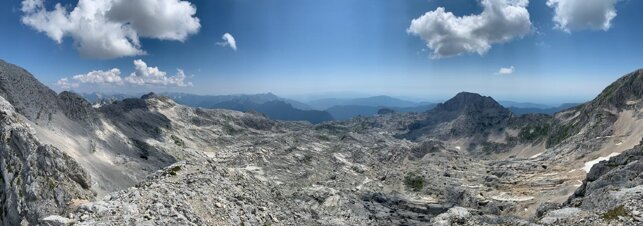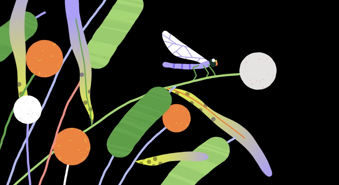©


ADDRESS

via di Campo marzio, 4
34123 Trieste, ITALY
tel. +39 2450325
info@erikaskabar.com
ONGOING PROJECTS
Polyculture and Landscape
Shaping Landscape of Continuity
“When you build a wall, think of what you leave outside.”
— Italo Calvino, The Baron in the Trees
Like many regions, the Karst is experiencing growing pressure from urban sprawl. The rapid expansion of towns and villages—characterised by low-density housing, single-use zoning, and increasing reliance on private cars—fragments the land. Planning policies often facilitate this spread by making peripheral development easier and more profitable, while land-use regulations fail to enforce limits on land consumption.
The consequences are well known: increased traffic, energy use, and pollution; loss of biodiversity and wildlife habitats; and a weakening of community identity. The mosaic of forests, pastures, and cultivated plots that once defined the Karst is being eroded by this unchecked growth. Forests advance where fields are abandoned, while settlements stretch outward with no clear structure or continuity.
In response, new forms of land care are emerging—sometimes small and informal, sometimes more structured. From urban farms to micro-orchards and community gardens, these initiatives offer not only a way to revitalise degraded or leftover spaces but also to reweave the threads between nature and culture.
These are not nostalgic returns to subsistence agriculture. Gardens today are places of encounter—between people, species, and landscapes. They reconnect us to ecological processes and to one another. But for gardens to truly work as spaces of regeneration, they must be open: visually, ecologically, and socially.
In ancient Chinese landscape tradition, the concept of the “borrowed view” (jiejing) guided garden design. Rather than enclosing space, the garden was composed to include elements beyond its boundaries—mountains, trees, rooftops. It was never isolated, but part of a wider visual (and ecological) system. This principle can be reinterpreted today, especially in fragmented territories like the Karst, where the challenge is not to restore a pristine wilderness but to create continuity—between forest and settlement, human and more-than-human life.
The borrowed wild follows this idea. It is a layered garden composed of native plants adapted to limestone and drought. Herbs, fruit trees, perennial vegetables. It is polyculture: diverse, low-impact, high-value. It does not seek control but allows ecological succession, adaptation, and mutualism. It listens.
Polyculture, unlike monoculture, combines different species that interact functionally—supporting soil health, biodiversity, and hardiness. These gardens are productive, but also structural: they give form to space, enabling a richer, more dynamic relationship with the land.
The Karst landscape was historically shaped by pastoralism, coppicing, and fire—practices that kept it open and diverse. Its beauty lies in this balance of cultivated and wild. Today, we must maintain that balance with new tools. Small gardens—rooted in local ecology and cultural memory—can anchor this continuity. Not as decorative interventions, but as living systems that adapt, restore, and connect.
In a world increasingly divided by fences—physical and conceptual—these gardens offer more than food. They offer perspective.
Erika Skabar Landscape Planning and Design works where ecological processes, territorial structures, and human environments meet. The practice anticipates emerging conditions — from climate dynamics to changing patterns of use — and translates them into coherent, long-term spatial strategies. Landscape becomes a method to interpret complexity and to shape integrated, future-oriented places.
Make room for wild. Plant native.
Native gardening offers a practical approach to ecological rewilding
